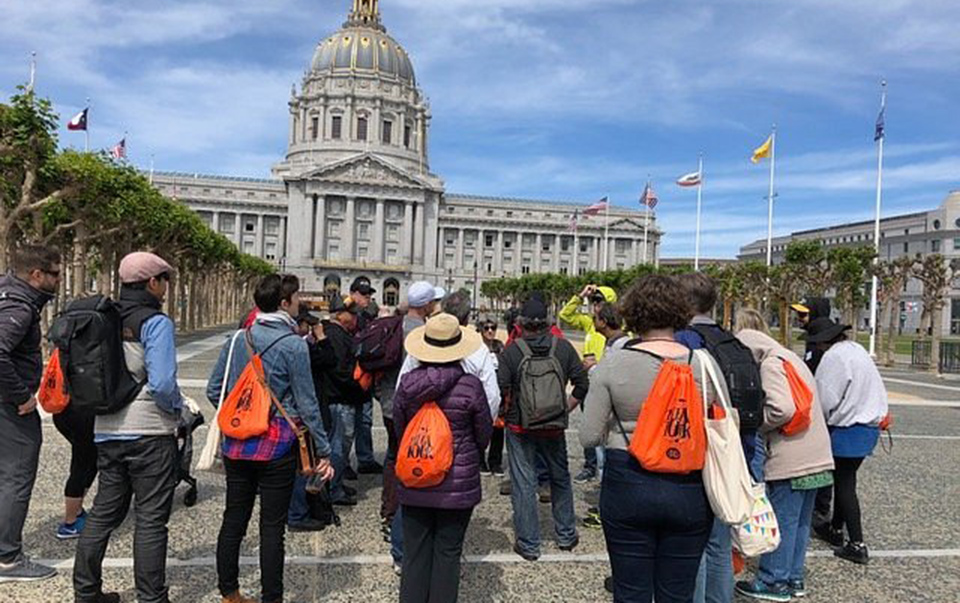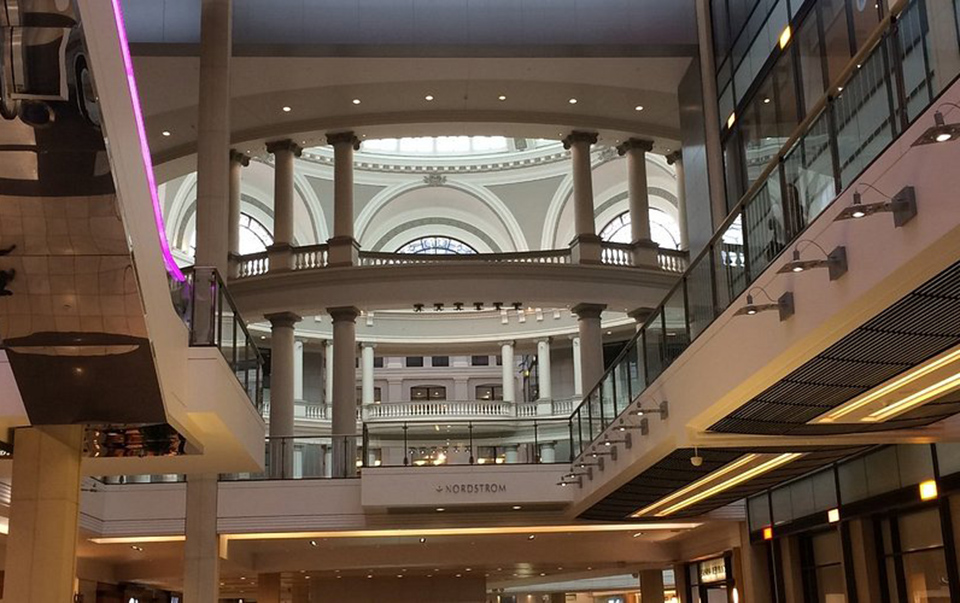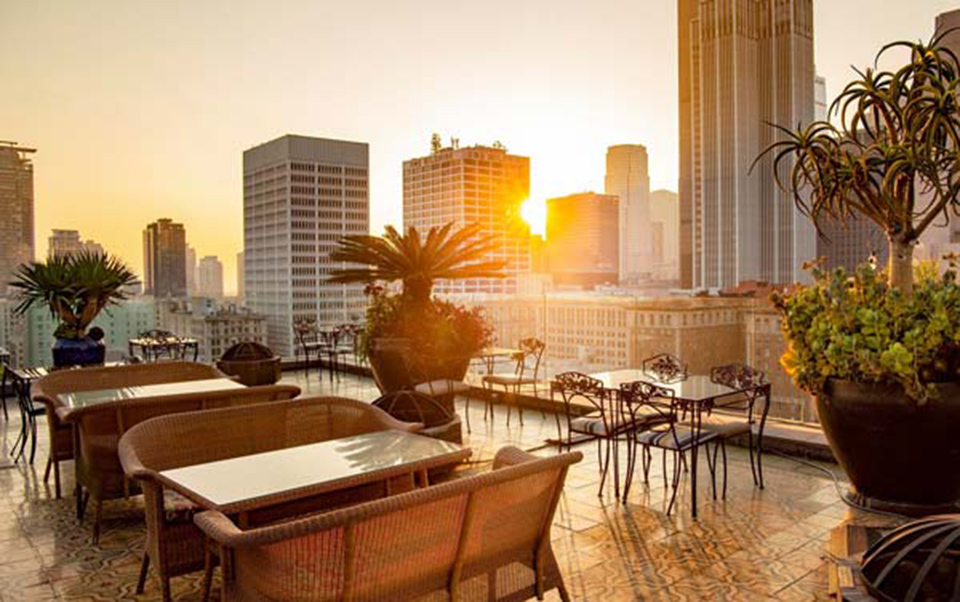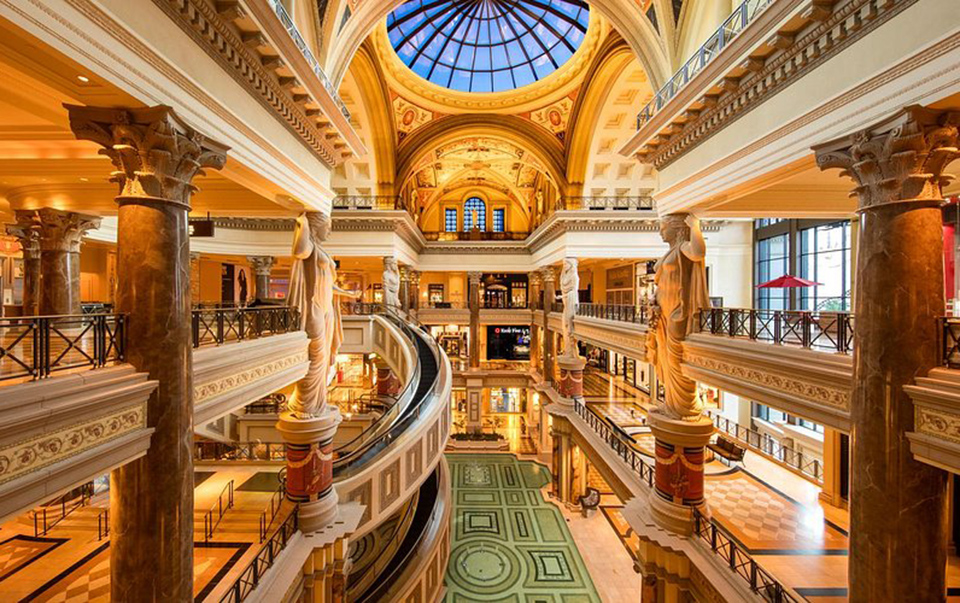San Francisco is a city that constantly whispers its stories to anyone willing to listen. Every street, building, and alley is steeped in history, from the Gold Rush to the Beat Generation, from immigrant communities to cultural revolutions.
I can say that the best way to truly experience the city is on foot. Walking allows you to absorb the details, smell the aromas from corner cafés, feel the textures of cobblestones underfoot, and hear stories that echo from the past. Over the years, I’ve explored numerous walking tours here, each one offering unique perspectives on the city’s layered history and vibrant culture.
I’ll share my experiences with three tours I personally walked, as well as four additional recommended tours, providing tips, impressions, and practical details to help you plan your own journey.
My Personal Walking Tour Experiences
1. San Francisco City Guides: 1906 Earthquake and Fire Tour
The first tour that left a lasting impression on me was the 1906 Earthquake and Fire Tour, offered by the excellent City Guides program. The meeting point was near the historic Ferry Building, whose grand clock tower rises like a sentinel over the Embarcadero. Our guide, a soft-spoken man in his seventies, had a voice that carried both authority and warmth, and he immediately began recounting stories passed down through generations.
Walking through the financial district, I imagined the city trembling beneath my feet, the roar of collapsing buildings, and the choking smoke from fires that destroyed entire blocks. At the location of the original St. Francis Hotel, I paused, picturing guests fleeing in their nightclothes, the chaos of horses and wagons jostling for survival. Our guide explained how entire neighborhoods were rebuilt, and how civic planning after the disaster influenced modern San Francisco’s layout.
Highlights I Loved:
- Historic Plaques and Markers: I loved finding plaques embedded in sidewalks, each telling a snippet of a story. These small, subtle reminders made history tangible.
- The Ruins and Reconstructions: Observing buildings that survived the quake gave me a sense of awe for early 20th-century architecture.
- Personal Stories: The guide shared anecdotes from his own family, which made the tour feel intimate and real.
Practical Experience:
- Location & Access: The tour begins at the Ferry Building (1 Ferry Building, Embarcadero). It’s easily accessible via BART (Embarcadero Station) or Muni buses along Market Street.
- Timing & Cost: Tours are free, but donations are encouraged. They run on weekends, generally from 10 a.m. to 12 p.m.
- Comfort Tips: The streets are uneven, so I wore sturdy sneakers. I also brought water and a hat, as the sun can be strong near the waterfront.
The emotional impact of this tour was profound. Witnessing the city’s resilience through the lens of the earthquake gave me a deeper appreciation for San Francisco’s enduring spirit.
2. Barbary Coast Tour
If you want to see San Francisco’s wild side, the Barbary Coast Tour is unmatched. Beginning near the intersection of Montgomery Street and Clay Street in the Financial District, this tour dives into the notorious history of the city during the gold rush era. I felt like I was stepping into a time machine, transported back to an era of opium dens, saloons, and swashbuckling gamblers.
Our guide, dressed in a vintage waistcoat, led us down hidden alleys where I would never have ventured on my own. As he recounted the exploits of infamous characters like Black Bart and Wyatt Earp’s early days in San Francisco, I could almost hear the clinking of glasses and the shuffle of card games that decided fortunes in mere minutes. One of the most captivating stops was the site of the Eureka Saloon, where I paused to picture the wild energy of the crowds that once gathered there.
Highlights I Loved:
- Immersive Storytelling: The guide’s humorous anecdotes made history come alive.
- Hidden Streets and Alleys: Discovering secret corners of the city felt like uncovering a treasure map.
- Historical Layers: Learning how organized crime and commerce coexisted gave me a new perspective on San Francisco’s early social structure.
Practical Experience:
- Location & Access: Starts at Montgomery & Clay Streets, near the Montgomery BART station. Easily walkable from many downtown hotels.
- Timing & Cost: About 2 hours long. Tours cost $25–$30 for private groups, free for City Guides with donations suggested.
- Comfort Tips: The tour involves steep streets; wear supportive shoes. The guide recommended bringing a light jacket, as the area can be breezy.
This tour was both entertaining and educational. I laughed, gasped, and even scribbled notes—history felt vibrant, messy, and utterly human.
3. Mission District Food & History Tour
The Mission District Food & History Tour is my personal favorite for its sensory richness. It begins at Mission San Francisco de Asís, the oldest surviving building in the city, and winds through the neighborhood’s bustling streets. I immediately noticed the vibrant murals, each telling a story of community, struggle, or triumph.
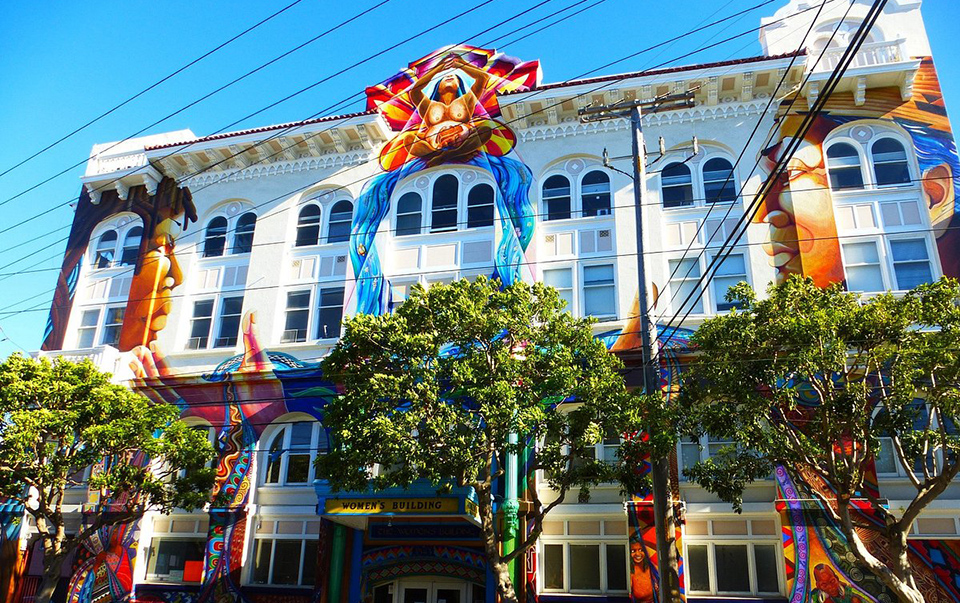
Unlike other tours, this one incorporated food tasting into the historical journey. I savored tamales, pupusas, and locally-made chocolates, each paired with narratives about the immigrant communities who shaped the Mission District. Walking past historic corner stores, old cafés, and the colorful murals, I felt like I was tasting the culture as much as learning about it.
Highlights I Loved:
- Culinary Integration: Every food stop deepened my understanding of the neighborhood’s history.
- Murals as History: The art felt like an open-air museum, full of stories and emotion.
- Guide’s Passion: Our guide’s personal connection to the community added layers of authenticity.
Practical Experience:
- Location & Access: Starts at Mission Dolores (3321 16th St). Accessible via BART (16th Street Mission Station) or bus lines.
- Timing & Cost: Tours are approximately 3 hours, $60–$75 per person. Reservations recommended, especially on weekends.
- Comfort Tips: Wear comfortable walking shoes, and come hungry—the tasting portions are generous. Bring a reusable bag for small snack souvenirs.
This tour showed me the deep connection between culture, food, and art. By the end, I felt nourished not only in body but in spirit, understanding the resilience and creativity of the community.
Recommended Walking Tours
1. Gold Rush Tour
The Gold Rush Tour delves into the city’s explosive growth during the mid-19th century. Starting at Portsmouth Square, the tour takes you through streets where merchants, prospectors, and immigrants created the foundations of San Francisco. Guides often incorporate historical photographs to illustrate the dramatic changes over time. I imagined the city bustling with horse-drawn carriages, muddy streets, and eager prospectors arriving from ships at the wharves.
Activities & Highlights:
- Viewing preserved Gold Rush-era architecture.
- Hearing firsthand stories of early merchants and settlers.
- Exploring alleys and courtyards that have remained largely unchanged.
2. LGBTQ+ History Tour in the Castro
The Castro District Walking Tour explores LGBTQ+ activism and history. Starting at Harvey Milk Plaza, the tour is emotionally moving and highly educational. I walked past historic murals and landmarks, listening to guides recount pivotal moments in civil rights history. The narratives often included personal stories, giving voice to struggles and triumphs that textbooks cannot convey.
Activities & Highlights:
- Exploring key landmarks such as the GLBT Historical Society Museum.
- Hearing moving personal accounts of activists and residents.
- Gaining insight into ongoing social movements in the community.
3. North Beach Literary Tour
San Francisco’s North Beach is a literary treasure trove. This tour begins at the iconic City Lights Bookstore, founded by Lawrence Ferlinghetti. I could almost hear the clatter of typewriters and coffee cups from the Beat Generation era. Walking down the alleyways where poets debated philosophy and shared manuscripts, I felt immersed in a literary time capsule.
Activities & Highlights:
- Visiting historic cafés and bookstores.
- Learning about the Beat Generation and Italian-American culture.
- Engaging with stories that connect literature to social history.
4. Fisherman’s Wharf Historical Walk
Finally, the Fisherman’s Wharf Tour explores the city’s maritime past. Walking along the piers, I learned about the Italian immigrant fishermen, maritime trade, and the evolution of the wharf as a bustling cultural hub. Observing the balance between historic preservation and modern tourism gave me insight into how San Francisco embraces its history while evolving.
Activities & Highlights:
- Guided exploration of piers with historic displays.
- Stories of immigrant life and fishing traditions.
- Understanding how commerce, tourism, and culture coexist.
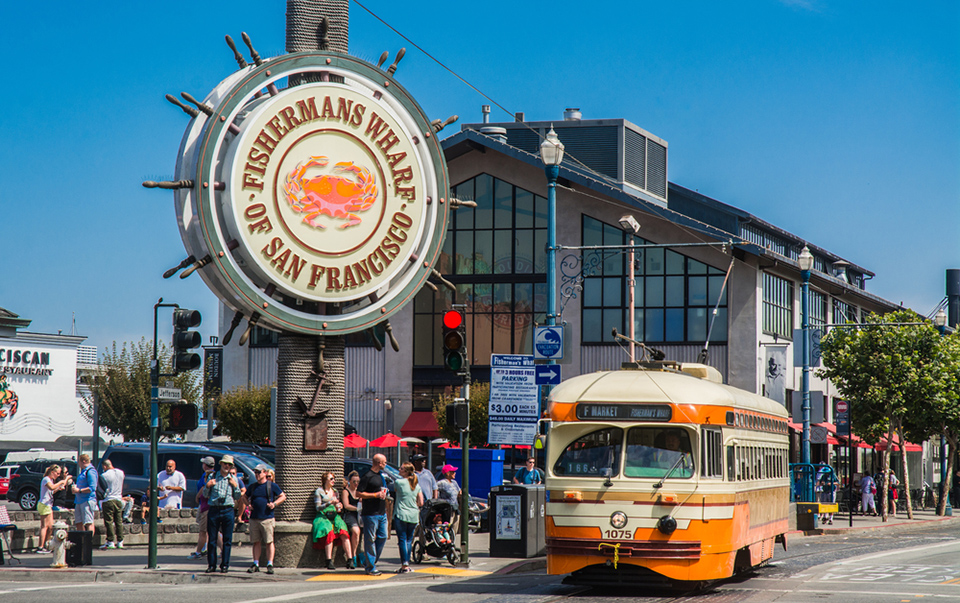
Travel Tips and Logistics
San Francisco’s walking tours are generally accessible via public transit. BART stations such as Embarcadero, Montgomery, and 16th Street Mission are common starting points. Muni buses, streetcars, or even bike-sharing options offer alternatives. Comfort is key: wear sturdy shoes, dress in layers, and carry water. Many tours last 90 minutes to 3 hours, so plan meals and timing accordingly.
Booking in advance is recommended, particularly for the food-focused tours, weekend slots, or private tours. Even when tours are free, small donations support community organizations and the guides who volunteer their time.
Walking tours in San Francisco offer more than sightseeing—they are immersive journeys through time and culture. From the raw devastation of the 1906 earthquake to the colorful streets of the Mission District, from the daring tales of the Barbary Coast to the literary heart of North Beach, each tour has left an indelible mark on me.
What strikes me most is the city’s layered identity. History isn’t confined to plaques or museums—it’s lived in neighborhoods, remembered in stories, and felt in every step along the streets. Walking allows you to engage with these layers directly, to breathe in the essence of a city that has constantly reinvented itself while keeping its soul intact.
For travelers seeking an authentic connection to San Francisco, these walking tours offer not just knowledge, but experience, emotion, and insight. They transform the city from a map into a story, from buildings into characters, and from streets into pathways of memory and culture. Every time I step onto a new route, I discover something unexpected—a mural tucked behind a corner, a story whispered by a historic building, or the aroma of a café that has been serving locals for a century. These are the moments that make walking in San Francisco a journey of the heart as much as the mind.
